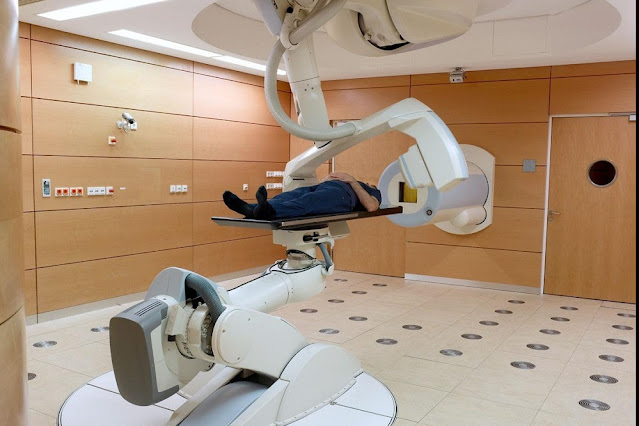Global Particle Therapy Market Analysis, Size, Share, Growth, Trends, and Forecast, 2022-2028
 |
| Particle Therapy Market |
Prostate
cancer, brain tumours, tumours along the spine, paediatric cancer,
gastrointestinal cancer, and ocular melanoma are just a few of the malignancies
that can be treated using particle therapy, a type of external beam
radiotherapy. Additionally, a beam of powerful neutrons, protons, or other
heavy positive ions is directed towards the target tumours for the treatment of
cancer. The DNA cell tissue is harmed by these particles. Because it can
provide a high dose to a precise location without damaging the surrounding
tissue, particle treatment is thought to be both safer and more effective than
traditional radiation therapy.
According
to Coherent Market Insights the Particle
Therapy Market Size, Share, Outlook, and Opportunity Analysis,
2022-2028
Due to a number of advantages, including effective depth-dose distribution and high linear energy distribution (LET) of charged particles, which cause DNA damages that are extremely challenging to repair, proton therapy is now used throughout all stages of breast cancer treatment.
Due to the inexpensive installation cost of proton therapy equipment, which directs ions at the tumour without damaging the normal, healthy body cells, hospitals and academic & research centres are concentrating on the high adoption of proton therapy equipment in comparison to heavy-ion therapy equipment. Additionally, proton therapy has a relatively short treatment duration and few adverse effects. Building a heavy-ion therapy facility costs more than one for proton therapy since ions are heavier than protons.
Particle therapy is increasingly used in clinical trials, there are more particle therapy facilities worldwide, more cases of cancer, more money is being invested in cancer research, and there are more particle therapy facilities and clinical trials in North America, which is why this region dominates the Particle Therapy Market. Due to rising per capita income, improved healthcare infrastructure, and more government backing in nations like China, Japan, and India, Europe and Asia-Pacific are the regions likely to experience growth in the particle treatment market.



Comments
Post a Comment